
The Great Dane is both regal and strong in appearance. It has a big muscular
body, a square muzzle and a tapering tail, which is usually carried straight
down. The ears naturally hang beside the head unless they are cropped, in which
case they appear erect and pointed. Its size does not affect its general conformation
that is so well balanced that it is able to move with a long reach and powerful
drive and never clumsy. The short, glossy coat that covers its well developed
body, its finely chiseled head and a firm neck that is set high and well arched
combines to produce the distinctive majestic elegance associated with the Great
Dane. Its ancestry is uncertain but is generally believed to be a cross between
the English Mastiff and the Irish Wolfhound. It was bred in Germany and not
in Denmark as it name suggests. It is known as the “Apollo of All Dogs” and
the “Gentle Giant”.
Life Expectancy:
8-11 years
Energy Level:
Gentle
Living Conditions:
Flexible, despite size.
Barking:
Average.
Exercise Needs:
Daily 25 minute walk.
Breed Group:
Working
Size:
Large & Tall
Height:
28 to 32 inches
Weight:
100 to 200 pounds
Standard Hair Colors:
Fawn, brindle, blue, black, harlequin and mantle.
National breed club:
The Great Dane Club of America
Early Danes were physically different in size and structure compared to the present Great Dane. They were formerly courageous and powerful hunters of wild boar capable of great speed and swift attack. The practice of many German noblemen in keeping them at their estates metamorphosed the breed into a reliable companion and protector. It has been used recently for therapy, service work and providing assistance to people with mobility problems. It also performs well in agility trials and schutzhund work. Talents include tracking, watchdog and carting.
A Great Dane is gentle despite its size. It is spirited, courageous, friendly, dependable, loyal and intelligent. Timidity and aggressiveness are not acceptable traits for this breed. It especially loves being around people and is known to be playful and patient. However, it should be thoroughly obedience trained while still young for greater manageability once it is fully grown.
A Great Dane needs plenty of exercise or at the least a daily long walk.
A Great Dane will find apartment life acceptable as long as it is given sufficient exercise. It may be relatively inactive thus a home with a large yard would be better.
The Great Dane’s smooth short-haired coat is easy to groom. A firm bristle brush is used for combing and brushing this average shredder. Dry shampooing can be done when necessary and nails should be kept trimmed. Bathing a dog of this size can be quite difficult thus it is better to have a daily grooming routine to minimize the need to do so.
There are a number of health conditions that have been identified in the Great Dane. Some of which that can be identified through testing are cardiomyopathy, hip dysplasia, hypothyroidism and cataracts. Other health concerns include cancer, wobblers, hypertrophic osteodystrophy and panosteitis and bloat.
...the Newfoundland is a good alternative. Like the Great Dane, the Newfoundland is a very gentle breed despite its size. It also belongs to the working group, originally bred to pull sleds and carry packs, but have evolved into an ideal companion for the family.
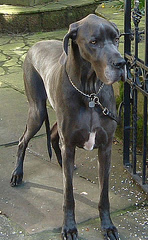
 Large Dog Breeds
Large Dog Breeds
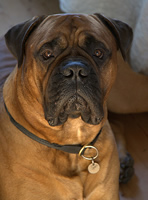 Bullmastiffs: A guide to dogs and puppies of the Bullmastiff breed
Bullmastiffs: A guide to dogs and puppies of the Bullmastiff breed
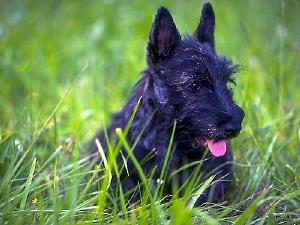 Scottish Terrier
Scottish Terrier
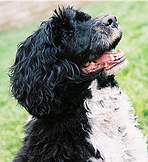 Portuguese Water Dogs: A guide to dogs and puppies of the Portuguese Water Dog breed
Portuguese Water Dogs: A guide to dogs and puppies of the Portuguese Water Dog breed
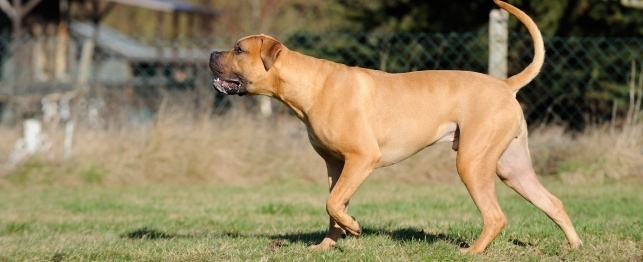 Choosing a Boerboel - Boerboel Breed Profile
Choosing a Boerboel - Boerboel Breed Profile
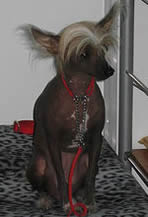 Chinese Cresteds: A guide to dogs and puppies of the Chinese Crested breed
Chinese Cresteds: A guide to dogs and puppies of the Chinese Crested breed
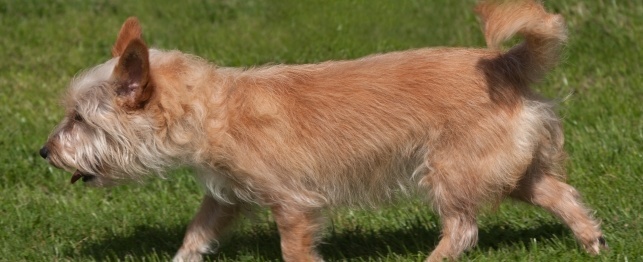 Choosing a Portuguese Podengo - Portuguese Podengo Breed Profile
Choosing a Portuguese Podengo - Portuguese Po
Choosing a Portuguese Podengo - Portuguese Podengo Breed Profile
Choosing a Portuguese Podengo - Portuguese Po
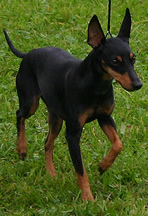 Manchester Terriers: A guide to dogs and puppies of the Manchester Terrier breed
The Manchester Terrier!
Two strains of the Manchester terri
Manchester Terriers: A guide to dogs and puppies of the Manchester Terrier breed
The Manchester Terrier!
Two strains of the Manchester terri
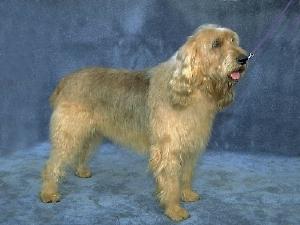 Otterhound
Otterhound
Otterhound
Otterhound
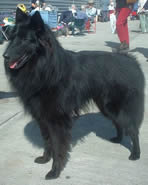 Belgian Sheepdogs: A guide to dogs and puppies of the Belgian Sheepdog breed
The Belgian Sheepdog!
The breed commonly known as the Belgi
Belgian Sheepdogs: A guide to dogs and puppies of the Belgian Sheepdog breed
The Belgian Sheepdog!
The breed commonly known as the Belgi
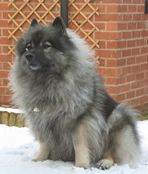 Keeshonds: A guide to dogs and puppies of the Keeshond breed
The Keeshond!
The Keeshond comes in other names that includ
Keeshonds: A guide to dogs and puppies of the Keeshond breed
The Keeshond!
The Keeshond comes in other names that includ
Copyright © 2005-2016 Pet Information All Rights Reserved
Contact us: www162date@outlook.com